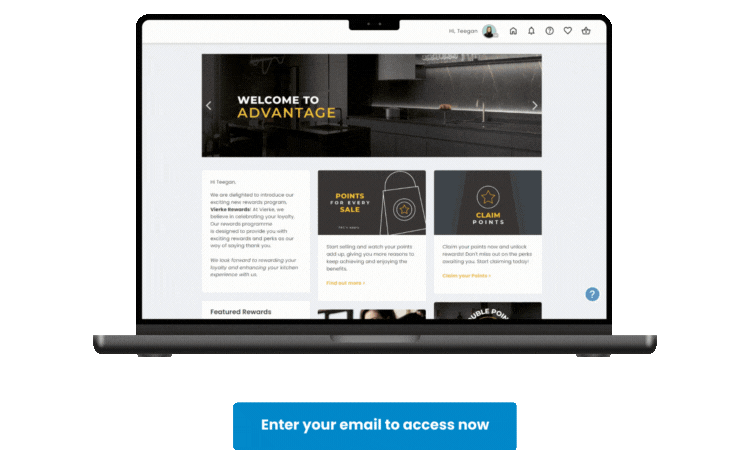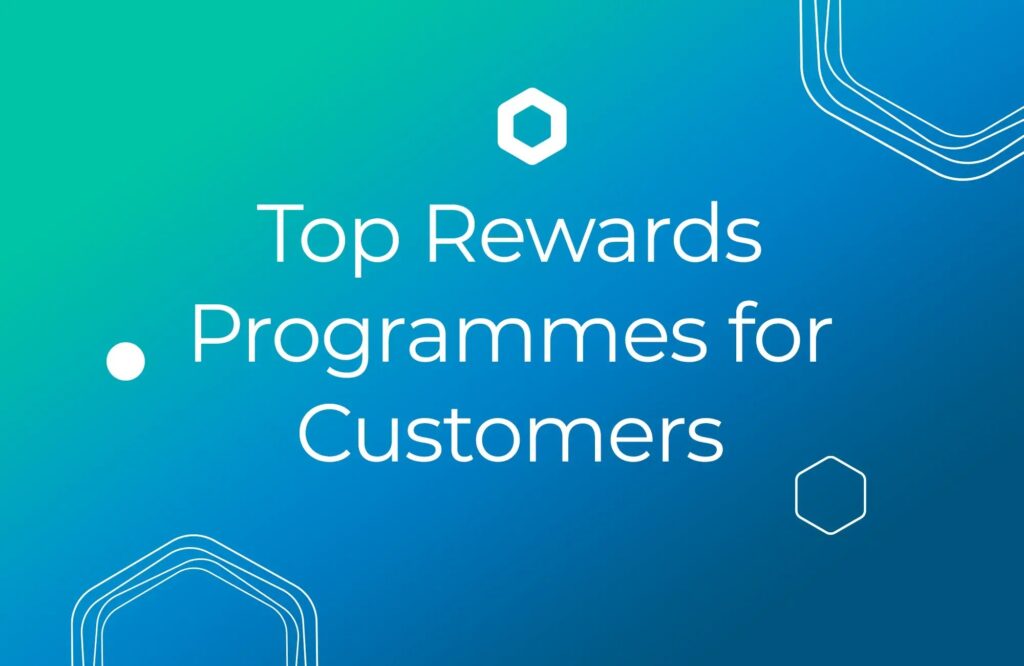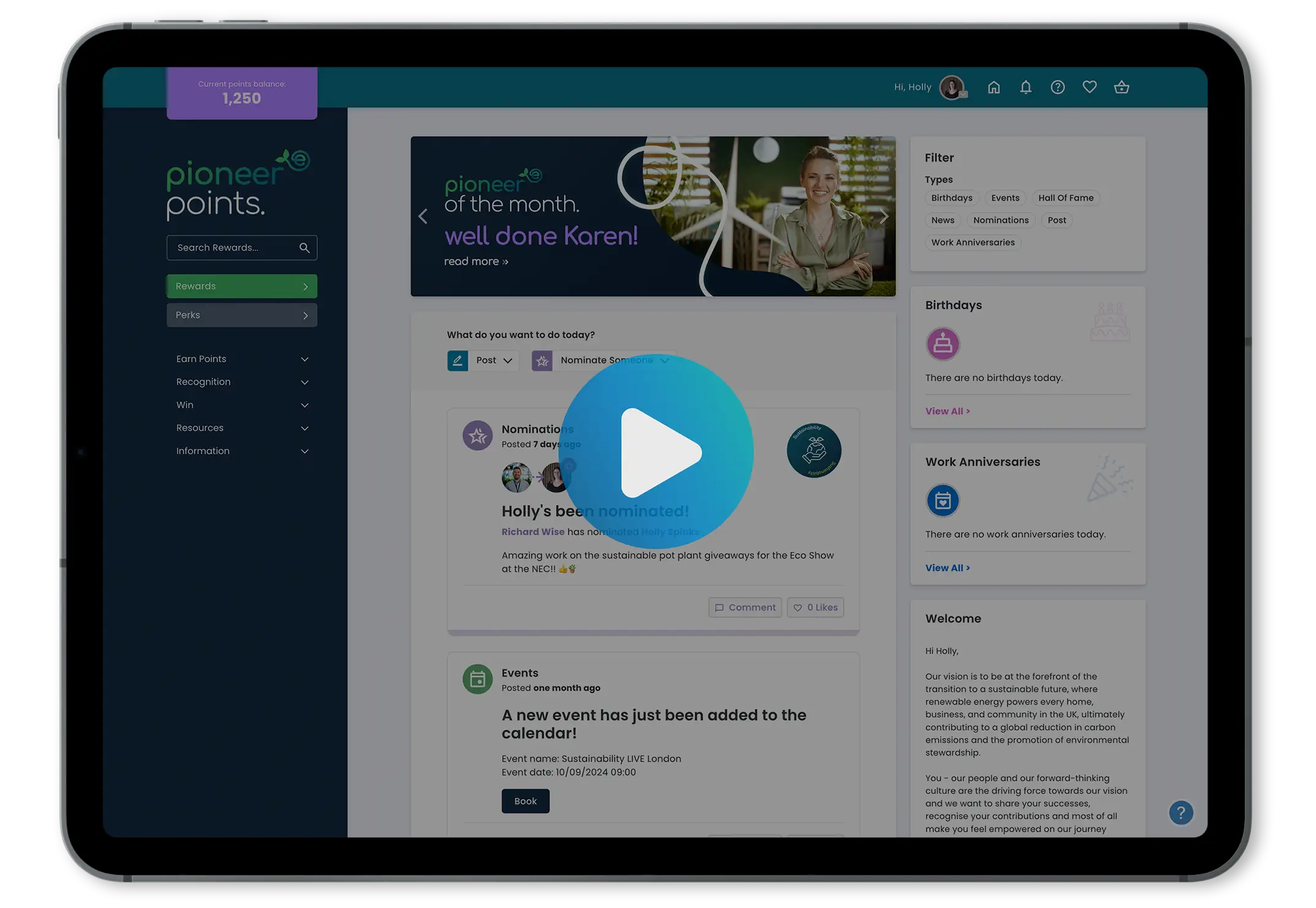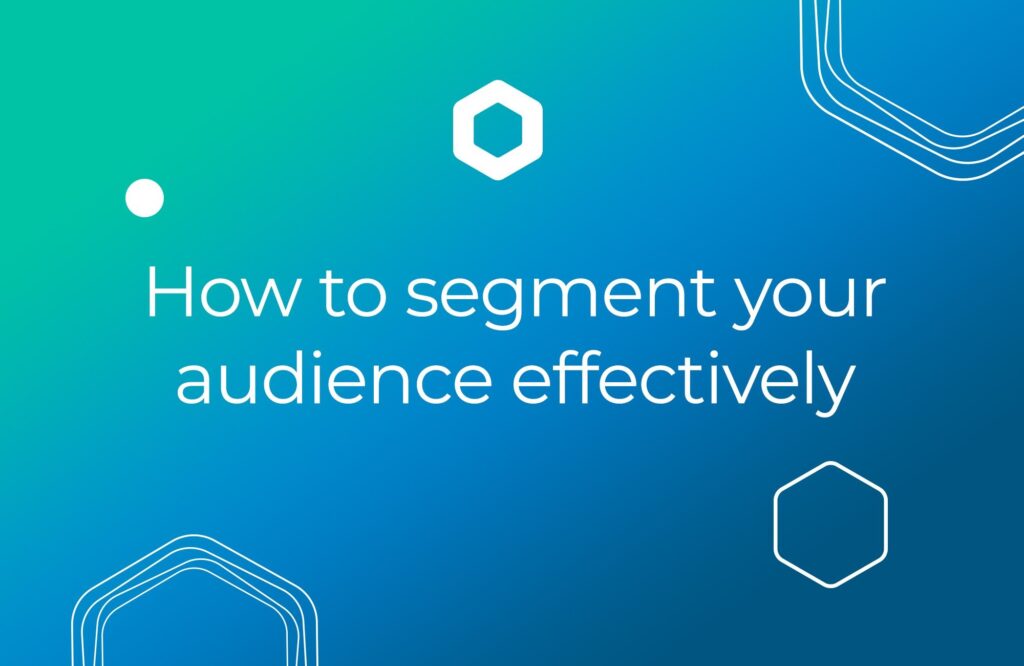


Segmentation is the process of separating your marketing audience into groups with similar traits. It’s a strategy that allows you to collate your customers in a way that then lets you identify the best ways to send the right message at the right time… and of course – to the right people.
Segmentation is different to targeting, although they can be closely linked. Targeting is the action of looking at an already defined market segment and developing a strategy specifically for them.
Let’s be clear segmentation shouldn’t be seen as the be-all and end-all of marketing activity. Nor must it ever be used to discriminate or eliminate customers; more so it’s about being inclusive by recognising that your customers are unique and at different points of their journey with you. Understanding where they are on this journey and then providing guidance that’s relevant and meaningful at that moment in time, will lead to engagement and building trust.
By reviewing your data, you can create segments based on specific criteria related to an individual’s age, income, subjects of interest and behaviours. Not all criteria will be right for your business, so you need to consider the actions you require, the messaging you need to get across and how this impacts your customers. When you start delving into segmentation techniques, you learn more about your customer’s core values and what will ultimately attract them to engage with you. Marketers have witnessed a 760% increase in revenue by segmenting their email campaigns, so investing time in segmentation can be seriously worthwhile.
We’re going to explore the different types of market segmentation and how to use market segmentation effectively so you can develop those #RewardingRelationships with your customers.
The different types of segmentation
Demographic
Demographic segmentation is the process of looking at individual characteristics, such as age, race, gender, income, education level, occupation and marital status. What appeals to a married 40-year-old woman with 2 children might be different to that of a single 21-year-old university student.
Geographic
Location-based segmentation enables you to group your audience based on the region they live or work in. It can be done in a number of ways such as the country they live in or smaller geographical regions, from region to city and right down to postcode.
Psychographic
Psychographic segmentation is all about an individual’s core values, lifestyle choices, beliefs and perceptions. It helps you understand the value of your product or service to different groups. To understand your different psychographic groups, ask yourself:
- What motivates my customers?
- What principles do they have?
- What are their inherent beliefs?
- What drives users to make conscious and/or unconscious decisions?
When you have the right answers to these questions, you become better equipped to predict your customer’s behaviours, resulting in more strategic marketing for your business.
You can also reference your target market demographics to determine if there is a connection between these and the psychographics.
Behavioural
Behavioural analysis helps you understand your customer’s behaviours and how they feel toward your brand. This goes beyond the traditional demographic and geographic methods as you can dig into your data and utilise this for targeted campaigns.
Sending out regular customer surveys can help you understand your customer behaviours further. By asking several questions, you can use the answers to segment your audience, as well as inform your communication strategy thereafter.
Now you know the different types of segmentation, you need to think about how to collate the data that will give you insight into what your segments should be.
How to build your market segmentation information
 Use open-ended questions
Use open-ended questions
One of the most quickest and successful ways to collate data and information about your customers is to simply ask them. Create a list of questions that will give you the answers to segment your audience.
There are many ways you can collate the answers. In-person is a great way to build rapport, but online surveys allow customers time to think and elaborate on their answers. Sending questionnaires by mail to customers with other news/updates/reminders is another way to get their thoughts, whilst providing additional value.
 Identify your segments
Identify your segments
Analyse the results from your questions, polls and surveys to determine what segments form naturally. This information will help guide your segmentation strategy.
 Select your type of market segment
Select your type of market segment
Choose which of the types of market segmentation you’re going to use. More often than not this is made up of more than one type.
 Test your results
Test your results
Marketing campaigns aimed at your selected segments should provide quantifiable results if you’ve chosen the correct target audiences and created the right messaging to support them in a way which is simple and beneficial to them. At this stage, you’ll want to test your segments and gauge their responses to ensure you’re getting the desired results.
 Trial and error
Trial and error
If testing does not produce the results you expected then re-evaluate your segments and go back to step 1. You may need to think about creating a different segmentation type or a different combination.
Don’t give up – take up via this route can take up to 8-10 touchpoints to get engagement.
Top tips on how to use segmentation effectively
Lastly, we want to share three important things to remember when implementing a segmentation strategy for your customers.
 Don’t ignore your data.
Don’t ignore your data.
The backbone of your market segmentation is your research and the analysis you do. Data quality is essential for a successful segmentation strategy! Before you even ask any questions, you can analyse the data you currently have as you’ll soon discover natural groupings in your audience.
 Don’t forget to repeat.
Don’t forget to repeat.
Segmentation isn’t one of these tasks you complete once and then forget about! The market changes every single day! There are new dynamics, technologies and climate and economic impacts that are forever changing the needs and demands of customers. Regularly review your strategy and keep your finger on the pulse!
 Don’t be too detailed
Don’t be too detailed
Successful segmentation takes time and it’s easy to get carried away in creating hundreds and hundreds of segments. You’re only creating more work for you when it comes to targeted campaigns! Keep your segments generic so you can create actionable insights.
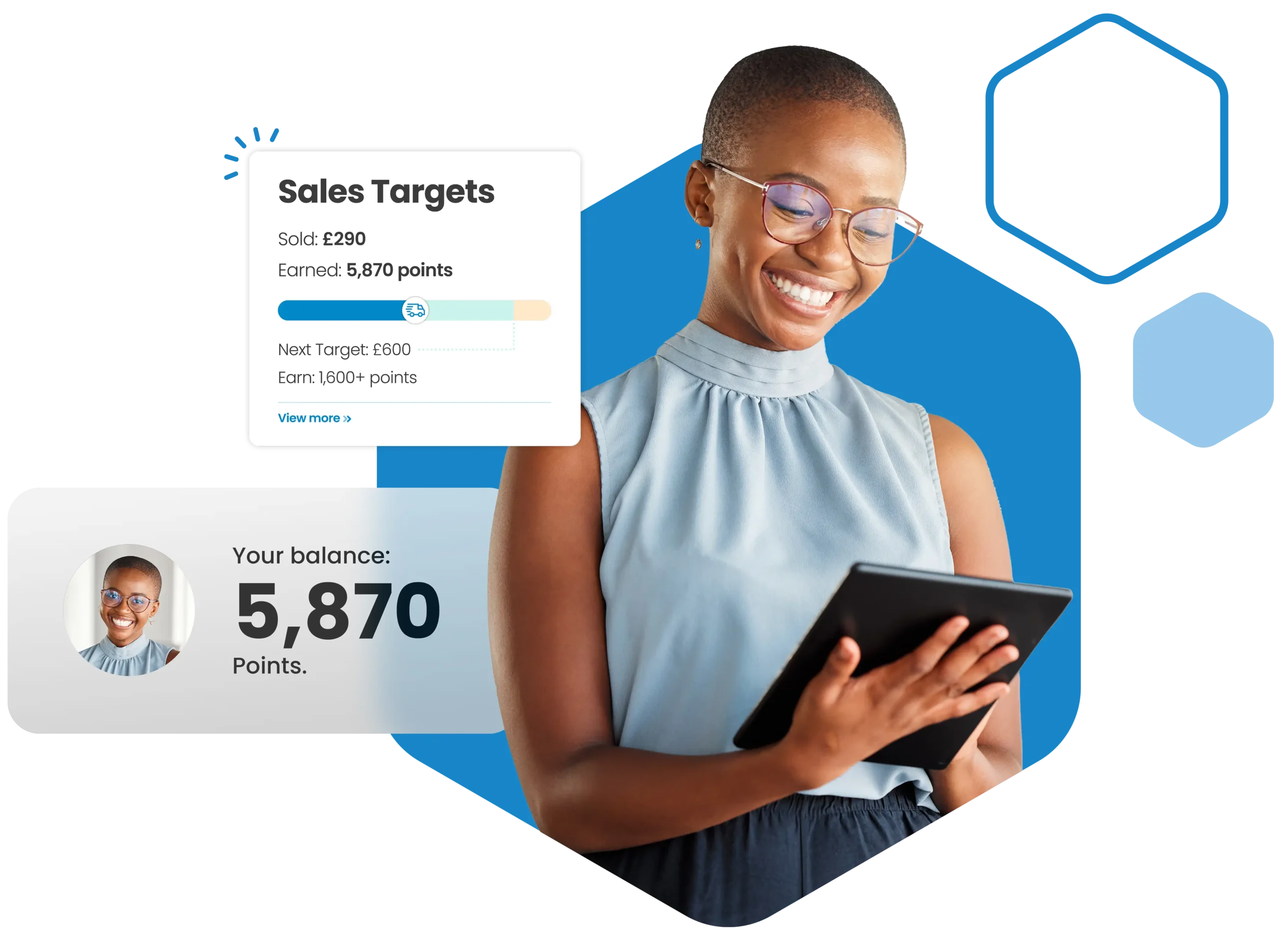

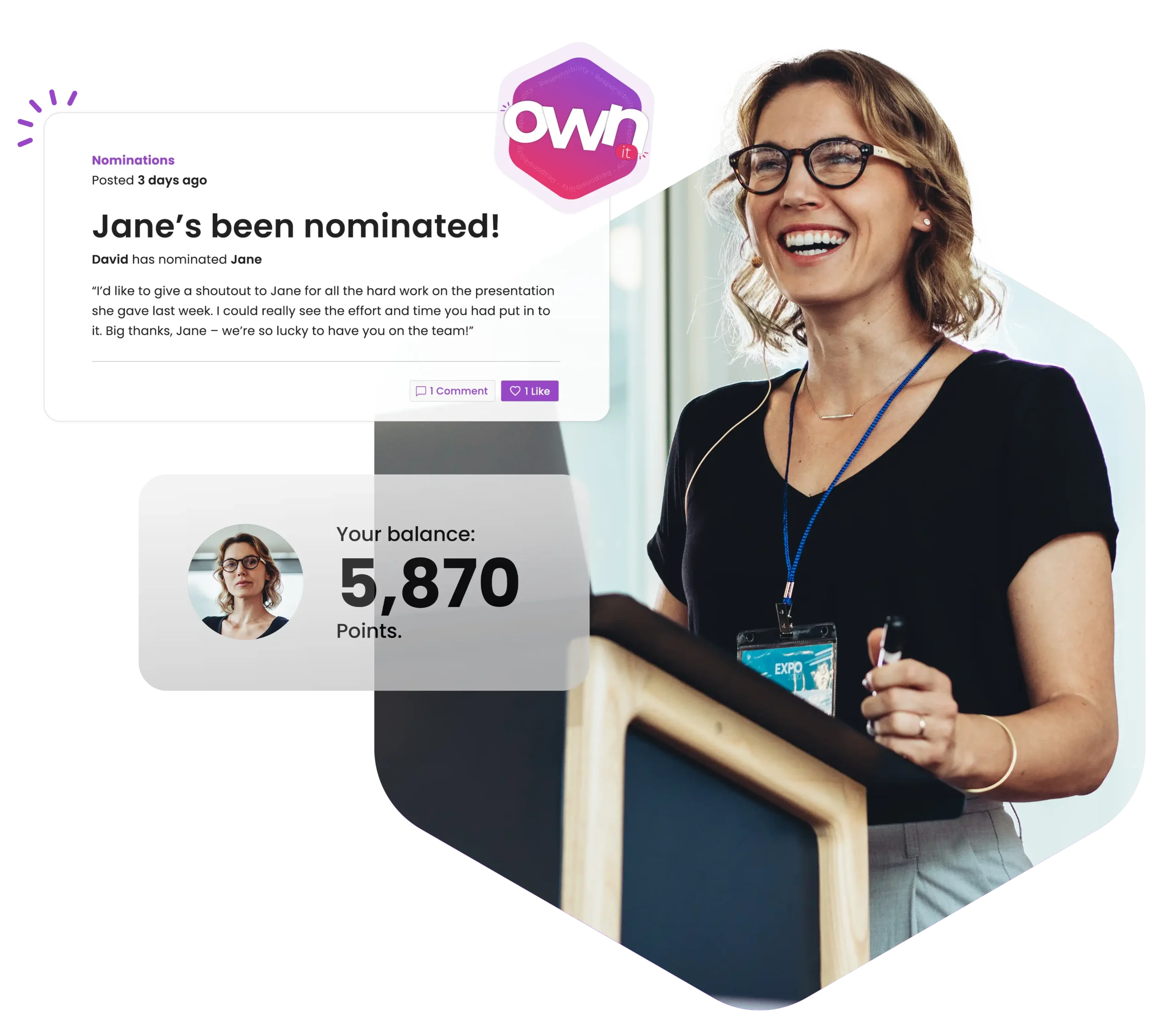
![How to keep customers coming back for more{{ include_custom_fonts({"Poppins":["Semi Bold"]}) }}](https://no-cache.hubspot.com/cta/default/5921162/interactive-188375258646.png)
